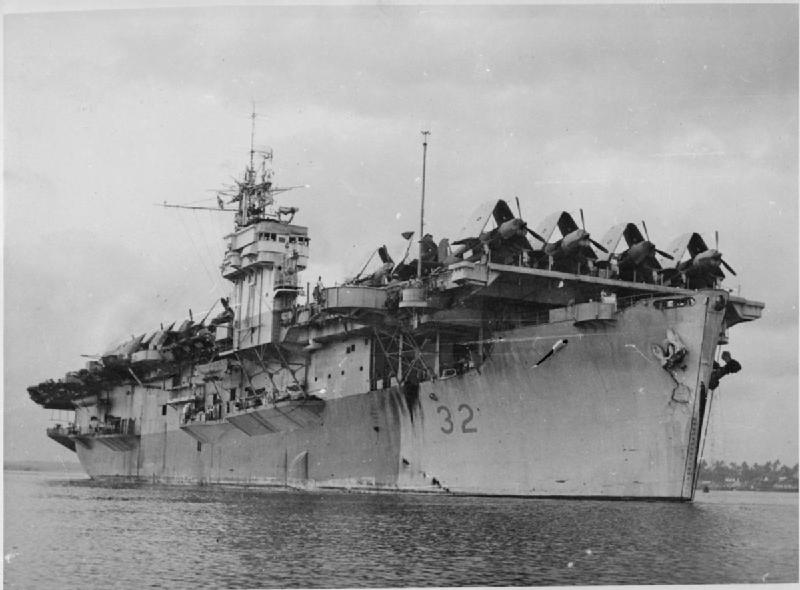Convoy JW 57 on:
[Wikipedia]
[Google]
[Amazon]
 Convoy JW 57 was an Arctic convoy sent from Great Britain by the Western Allies to aid the Soviet Union during World War II. It sailed in February 1944, reaching the Soviet northern ports at the end of the month. All ships arrived safely.
For several days JW 57 was attacked by a German U-boat force; one escort vessel was sunk, and two U-boats were destroyed in counter-measures, during this operation.
Convoy JW 57 was an Arctic convoy sent from Great Britain by the Western Allies to aid the Soviet Union during World War II. It sailed in February 1944, reaching the Soviet northern ports at the end of the month. All ships arrived safely.
For several days JW 57 was attacked by a German U-boat force; one escort vessel was sunk, and two U-boats were destroyed in counter-measures, during this operation.
JW 57 at Convoyweb
{{Arctic convoys JW 57 C
 Convoy JW 57 was an Arctic convoy sent from Great Britain by the Western Allies to aid the Soviet Union during World War II. It sailed in February 1944, reaching the Soviet northern ports at the end of the month. All ships arrived safely.
For several days JW 57 was attacked by a German U-boat force; one escort vessel was sunk, and two U-boats were destroyed in counter-measures, during this operation.
Convoy JW 57 was an Arctic convoy sent from Great Britain by the Western Allies to aid the Soviet Union during World War II. It sailed in February 1944, reaching the Soviet northern ports at the end of the month. All ships arrived safely.
For several days JW 57 was attacked by a German U-boat force; one escort vessel was sunk, and two U-boats were destroyed in counter-measures, during this operation.
Ships
The convoy consisted of 45 merchant ships which departed from Loch Ewe on 20 February 1944. Close escort was provided by a force led by Cdr IJ Tyson in the destroyer ''Keppel'', with three other destroyers and four corvettes. The force was supported by an Ocean escort of 14 destroyers led by V.Adm IG Glennie in the cruiser ''Black Prince'', and the escort carrier ''Chaser'' with her escort of two destroyers and two frigates. The convoy was also accompanied initially by a local escort group from Britain, and joined later by a local escort group from Murmansk. There was no capital ship force providing distant cover, as Germany's only remaining heavy unit in the Arctic, ''Tirpitz'', was still non-operational following the attack by British X-craft ( Operation Source), but a cruiser cover force comprising ''Berwick'' and ''Jamaica'' followed the convoy, to guard against attack by smaller surface units. JW 57 was opposed by a U-boat force of 14 boats, arranged in two patrol lines code-named ''Werewolf'' (10 boats) and ''Hartmut'' (4 boats).Action
JW 57 departed Loch Ewe on 20 February 1944, accompanied by its local escort, the minesweeper ''Rattlesnake'' and three others, with two corvettes. The close escort joined the same day. On 22 February they were met by the Ocean escort, and by ''Chaser'' and her group, while the local escort returned. On 23 February the convoy was sighted by German reconnaissance aircraft, which were attacked by ''Chaser''sMartlets
A martlet in English heraldry is a mythical bird without feet that never roosts from the moment of its drop-birth until its death fall; martlets are proposed to be continuously on the wing. It is a compelling allegory for continuous effort, expre ...
.
On 24 February the U-boats gained contact, but were unsuccessful in their attacks, while ''U-713'' was sunk in a counter-attack by ''Keppel'', assisted by a Swordfish
Swordfish (''Xiphias gladius''), also known as broadbills in some countries, are large, highly migratory predatory fish characterized by a long, flat, pointed bill. They are a popular sport fish of the billfish category, though elusive. Swordfis ...
from ''Chaser''.
On 25 February the U-boats again attacked, and on this day ''U-990'' torpedoed the destroyer ''Mahratta''. She quickly sank, with the loss of most of her crew; there were 17 survivors. Also on 25 February a Catalina from Sullom Voe
Sullom Voe is an inlet of the North Sea between the parishes of Delting and Northmavine in Shetland, Scotland. It is a location of the Sullom Voe oil terminal and Shetland Gas Plant. The word Voe is from the Old Norse ' and denotes a small ba ...
attacked and destroyed ''U-601''.
No further losses and JW 57 reached Kola safely on 28 February.
Conclusion
All 45 ships arrived safely, despite determined U-boat opposition, and two U-boats had been destroyed. However the loss of ''Mahratta'' was keenly felt among men of the escort force, taking the edge off the victory.Kemp (1993) p195Notes
References
* * Paul Kemp : ''Convoy! Drama in Arctic Waters'' (1993) * * * Bob Ruegg, Arnold Hague : ''Convoys to Russia'' (1992) * Bernard Schofield : (1964) ''The Russian Convoys'' BT Batsford ISBN (none)JW 57 at Convoyweb
{{Arctic convoys JW 57 C